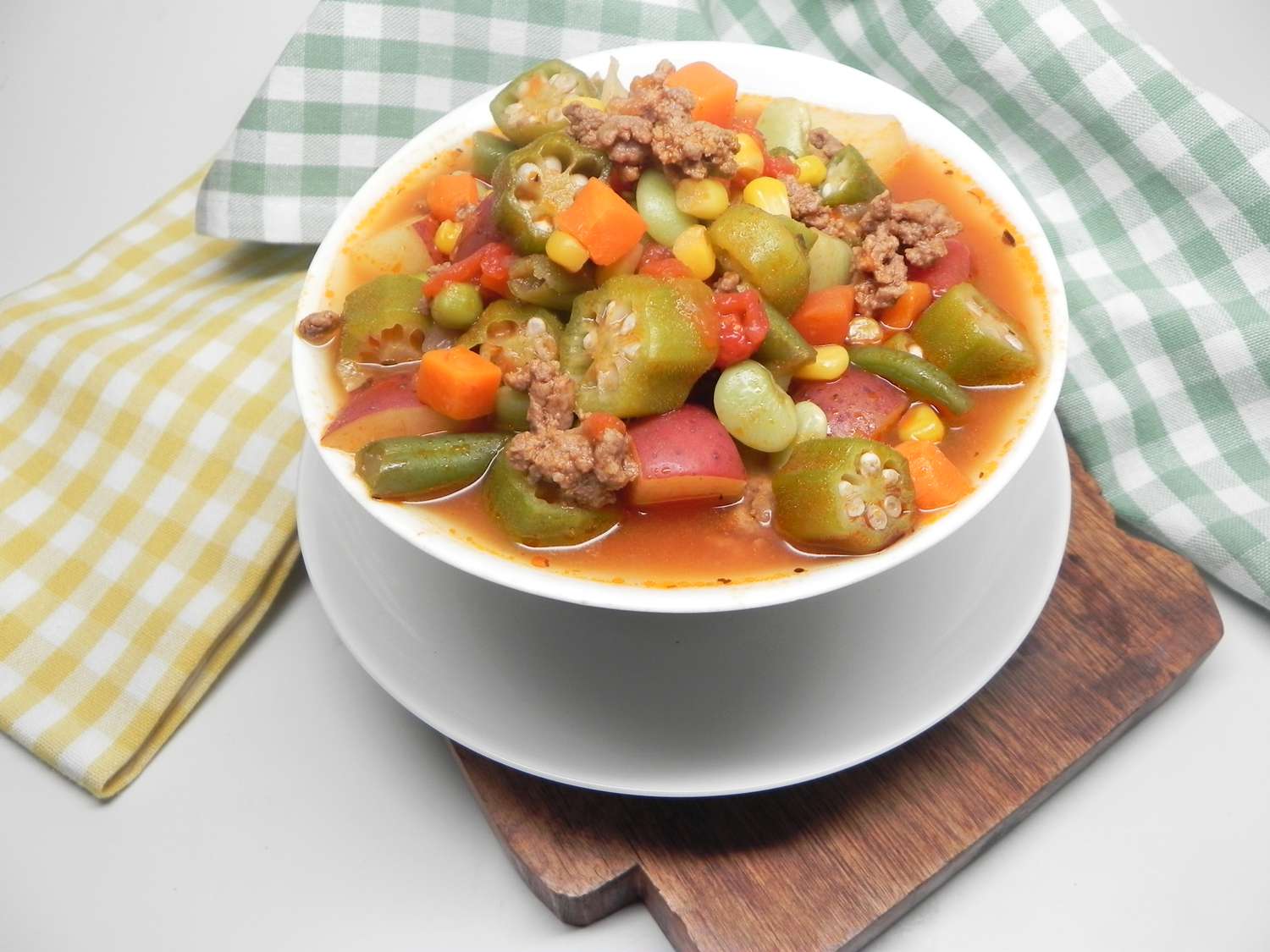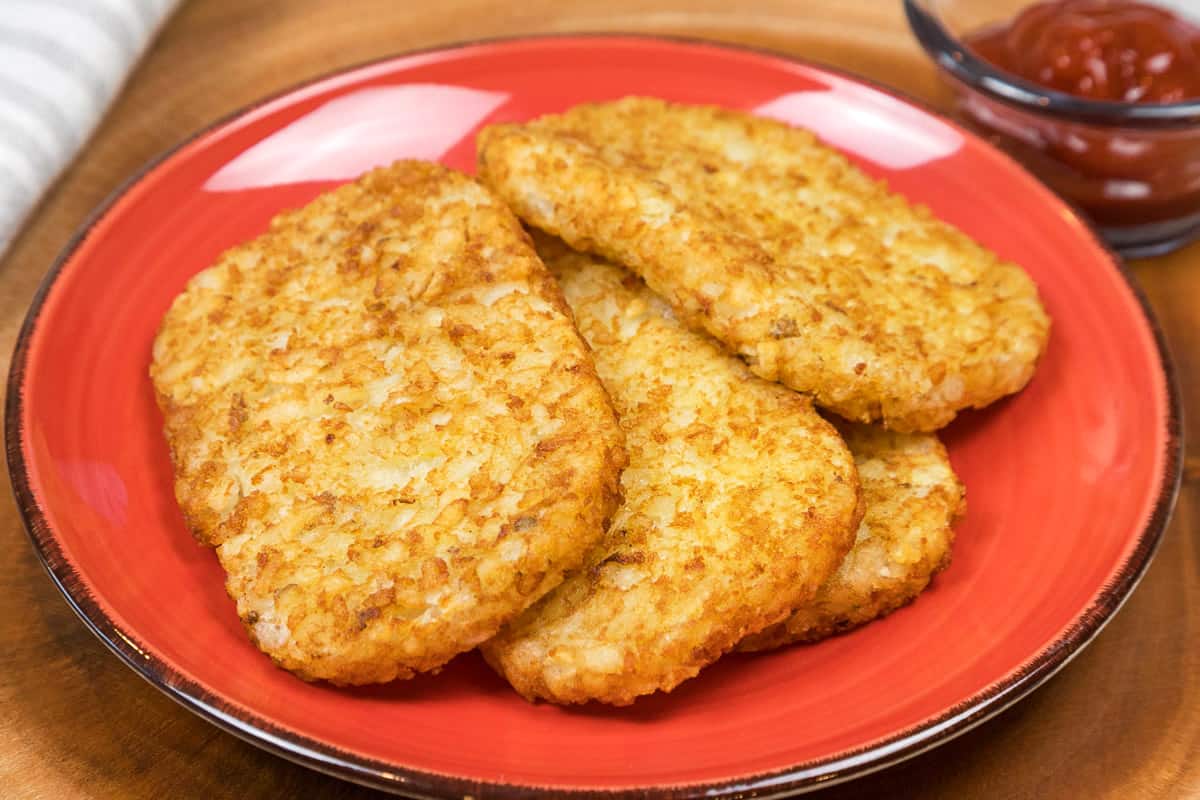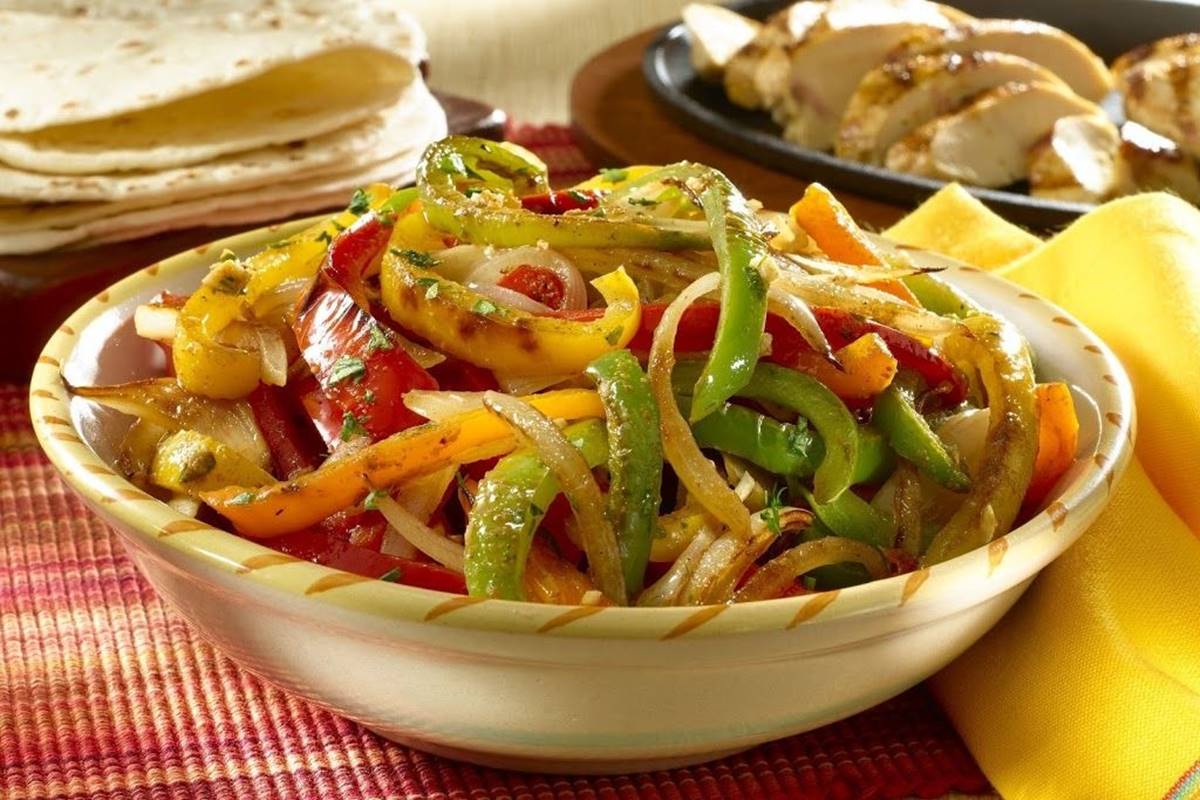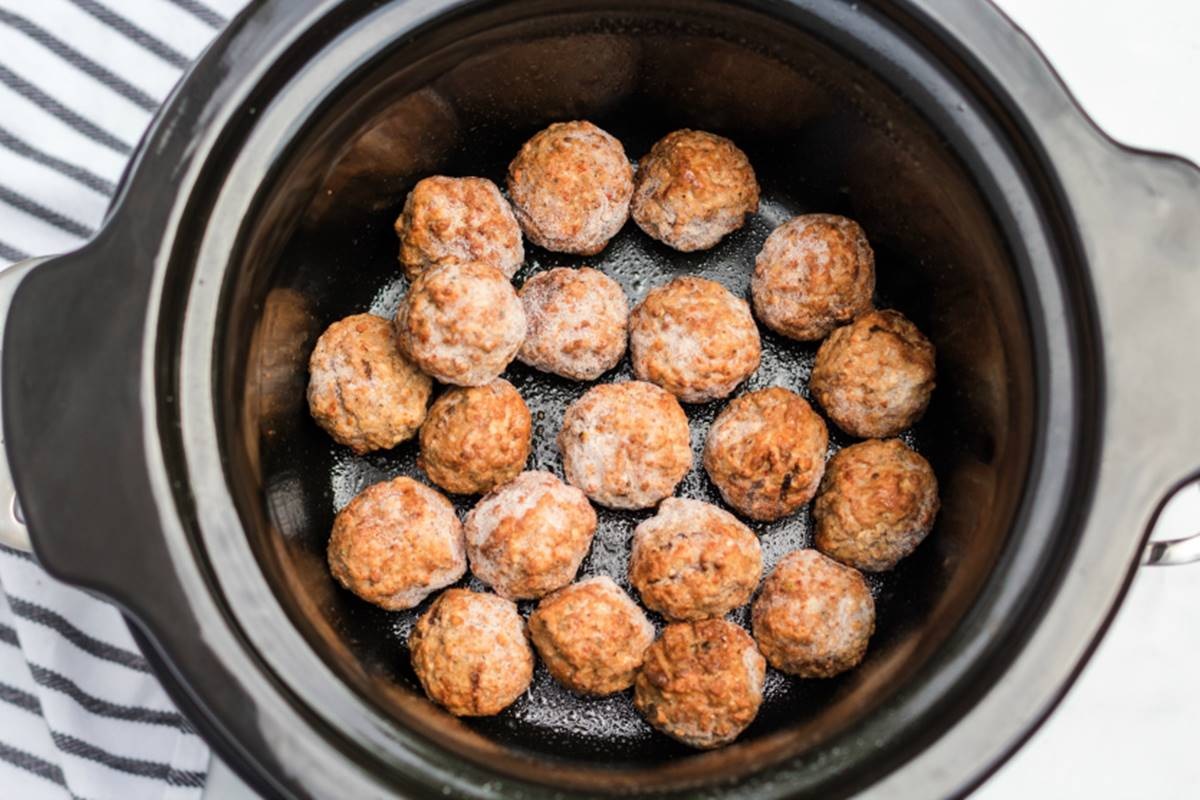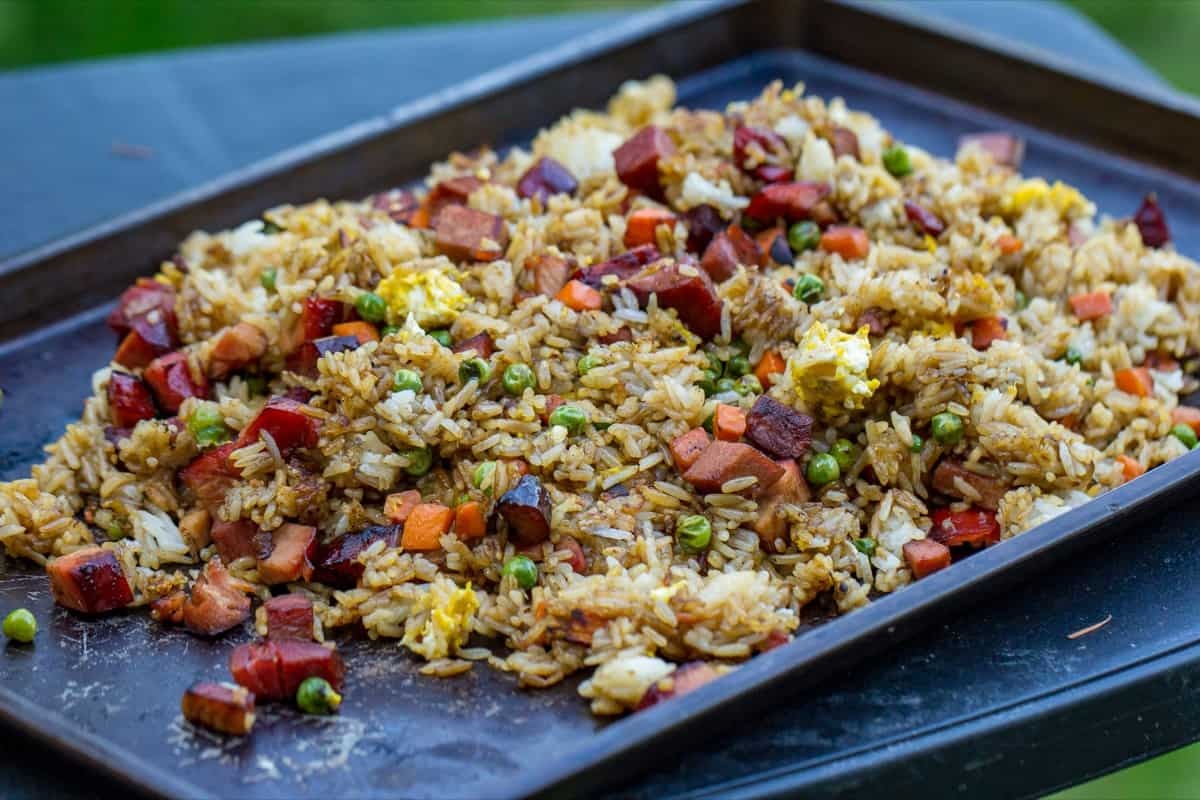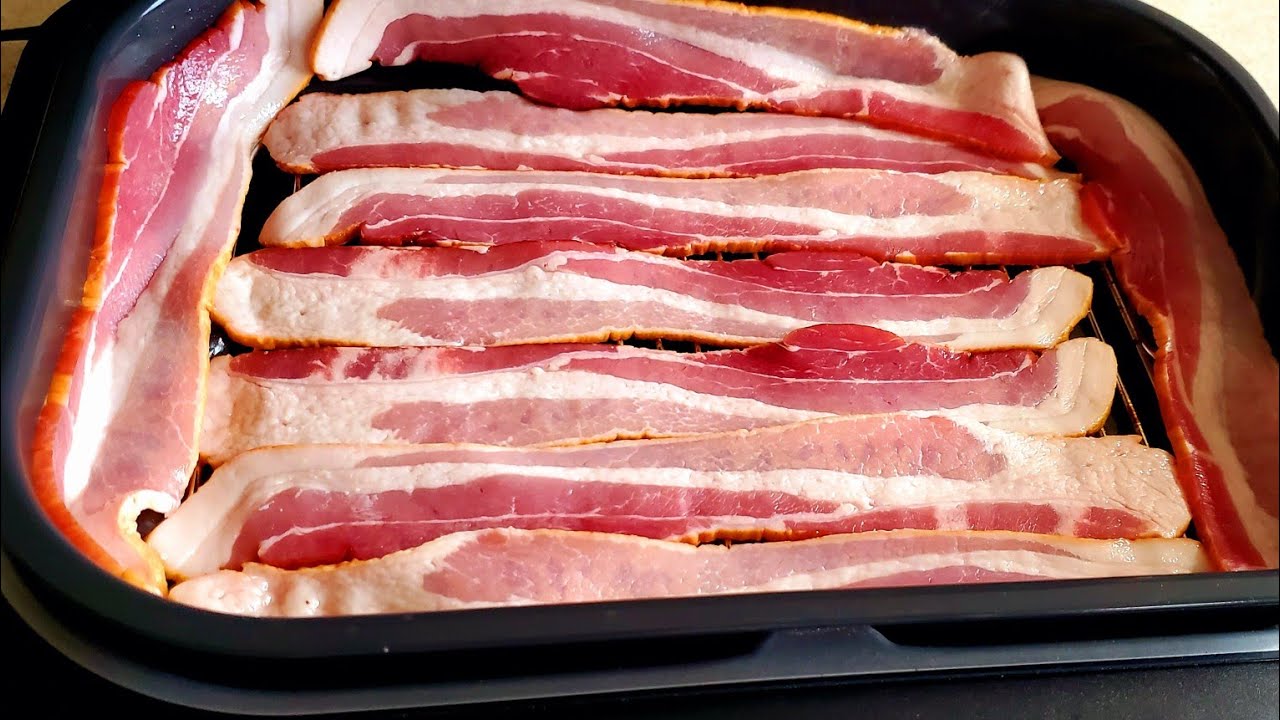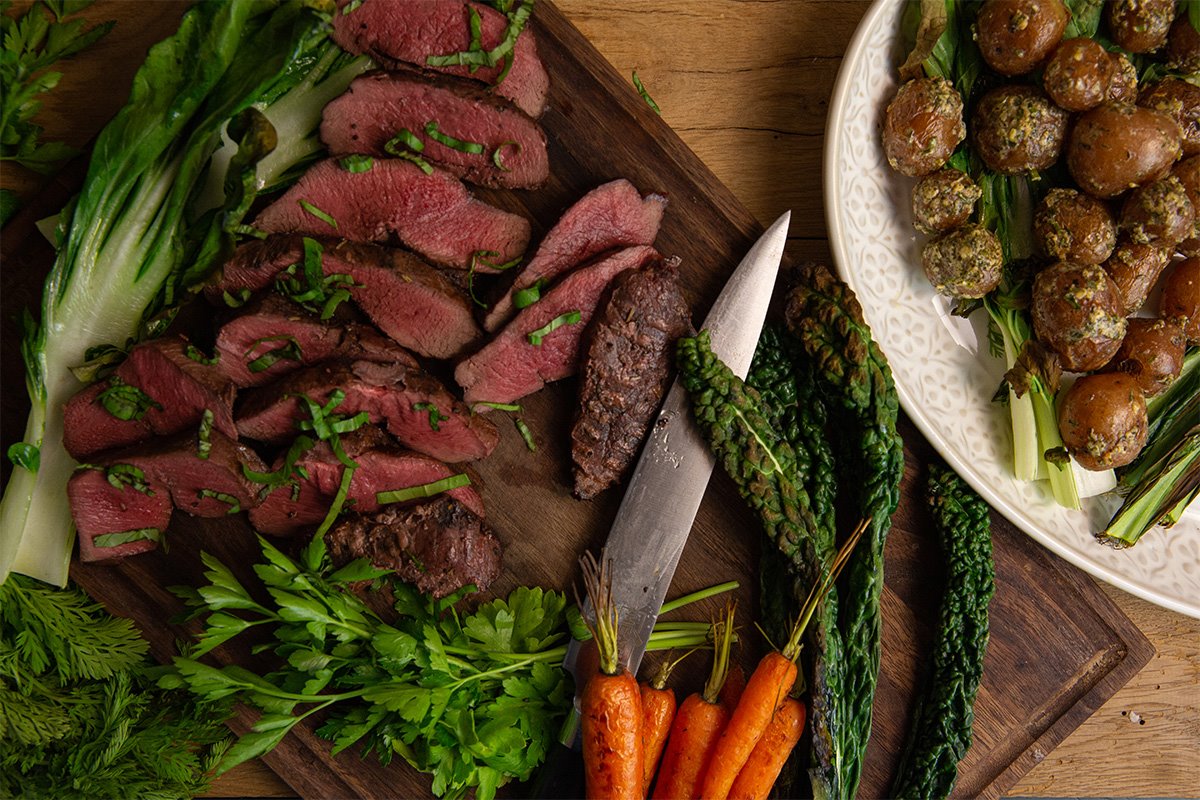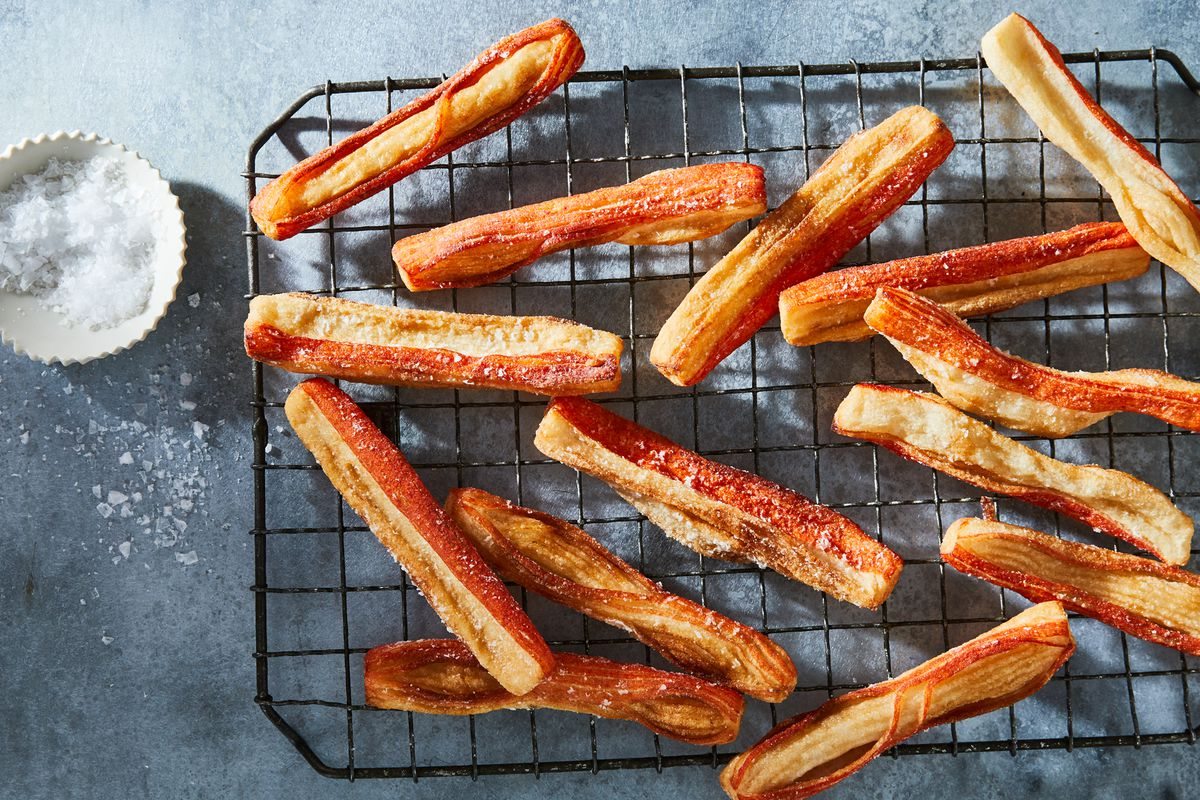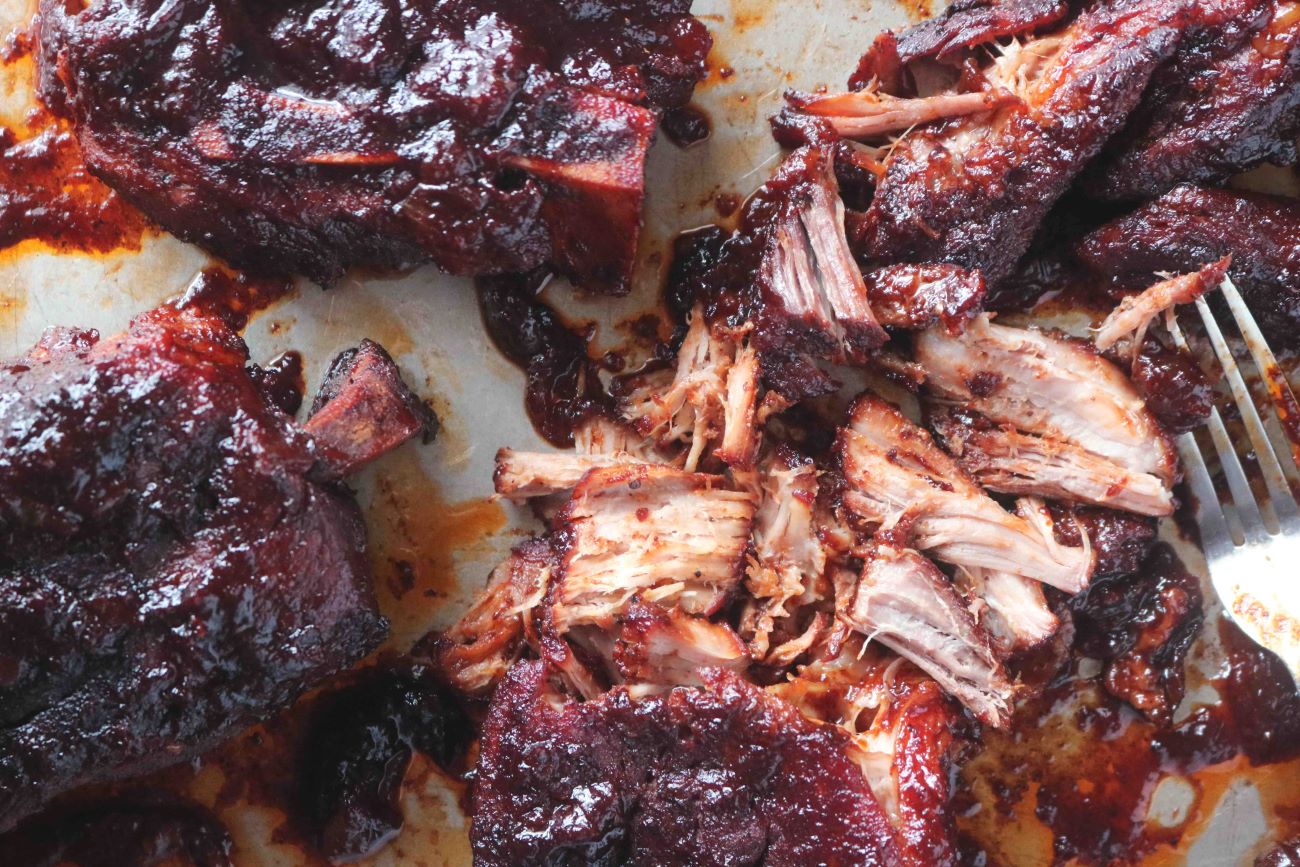Discover the Art of Cooking Rice in a Clay Pot
When it comes to cooking rice, there are countless methods and techniques to choose from. However, if you’re looking to elevate your rice game and add a unique touch of flavor to your dishes, cooking rice in a clay pot is the way to go. The porous nature of the clay pot allows the rice to cook evenly and absorb the flavors of the ingredients, resulting in a fragrant and fluffy masterpiece.
Here’s a step-by-step guide to help you master the art of cooking rice in a clay pot:
Step 1: Choose the Right Pot
Not all clay pots are created equal. To ensure optimal results, it’s important to choose a high-quality clay pot that can withstand high heat without cracking. Look for pots made from unglazed clay, as this allows for better moisture evaporation during the cooking process.
Step 2: Prepare the Rice
Before cooking the rice, it’s essential to rinse it thoroughly to remove excess starch. This will prevent the rice from becoming sticky. Place the desired amount of rice in a colander and rinse it under cold running water until the water runs clear. Drain well.
Step 3: Soak the Rice
Soaking the rice before cooking helps to ensure even cooking and fluffy grains. Place the rinsed rice in a bowl and cover it with water. Let it soak for at least 30 minutes, or up to 2 hours for best results. Drain the soaked rice before proceeding.
Step 4: Add Flavorful Ingredients
One of the perks of cooking rice in a clay pot is the opportunity to infuse it with delicious flavors. Get creative with your ingredients! You can add aromatic spices like star anise, cinnamon, or cardamom, or even toss in some fresh herbs like cilantro or mint. The choice is yours!
Step 5: Proper Water Ratio
For perfectly cooked rice, the water-to-rice ratio is crucial. As a general rule, use 1.5 cups of water for every cup of rice. Adjust the amount of water depending on your desired rice texture – less water for a firmer texture, and more water for a softer, stickier consistency.
Step 6: Cooking Time
Place the soaked and drained rice in the clay pot and add the measured water. Cover the pot with a tight-fitting lid to trap the steam. Place the pot on a stove over medium heat and allow it to come to a gentle boil. Once it reaches a boil, reduce the heat to low and let the rice simmer for about 15-20 minutes, or until all the water is absorbed and the rice is cooked to perfection.
Step 7: Let it Rest
After the cooking time is complete, remove the clay pot from the heat and let it rest, covered, for about 10 minutes. This resting time allows the rice to steam and absorb any remaining moisture, resulting in a fluffy and flavorful final product.
There you have it! By following these simple steps, you can become a master of cooking rice in a clay pot. Experiment with different ingredients and ratios to find your perfect flavor combinations. With a little practice, you’ll be able to impress your family and friends with aromatic, fluffy rice that complements any dish. So, why not embrace the art of cooking rice in a clay pot and elevate your culinary skills to a whole new level?
If you're itching to try your hand at cooking rice in a clay pot, there are several recipes that are sure to impress. For a hearty and comforting meal, give the Chicken and Mushroom Clay Pot Rice a go. It's rich and flavorful, making it perfect for a cozy dinner. If you're a seafood lover, the Seafood Clay Pot Rice offers a delightful mix of oceanic flavors that pair wonderfully with the earthy taste of clay pot cooking. For a bit of a twist, the Coconut Milk and Turmeric Clay Pot Rice brings a tropical flair that's both aromatic and vibrant. Vegetarians will appreciate the Vegetarian Clay Pot Rice, which is packed with fresh vegetables and wholesome goodness. If you’re in the mood for something exotic, the Indian Biryani Clay Pot Rice is a must-try with its aromatic spices and complex flavors. Lastly, for a touch of Mediterranean freshness, the Greek Spinach and Feta Clay Pot Rice combines tangy feta and nutritious spinach for a delightful dish.
Was this page helpful?
Read Next: How To Cook Cowboy Pork Chops

